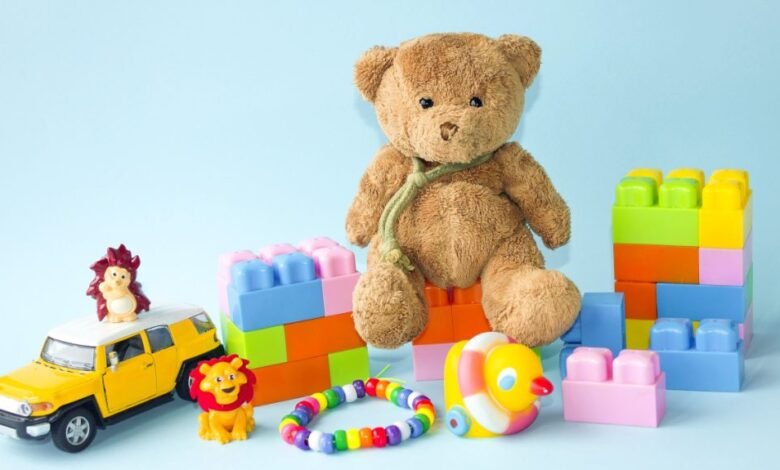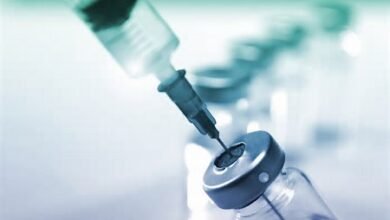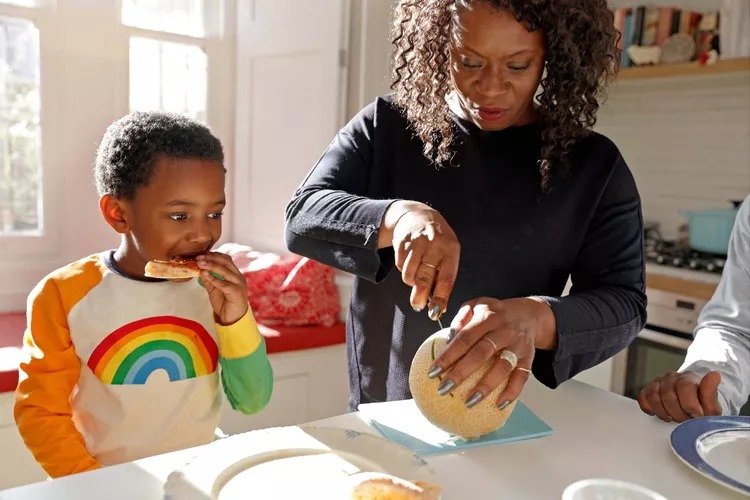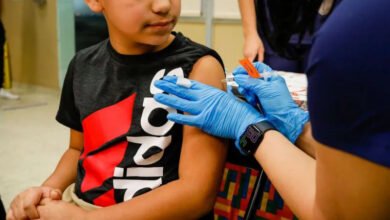Experts Warn: Second-Hand Toys Can Endanger Babies’ Health

Paediatricians have issued a strong warning to parents against buying second-hand toys for babies, especially those sourced from informal markets, due to the potential risks of infections and exposure to toxic chemicals.
According to child health experts, many older or used toys do not meet current safety standards and often contain hazardous substances such as lead, phthalates, cadmium, and bisphenol A (BPA).
These chemicals, now banned or heavily restricted in new products under international safety regulations, can interfere with a child’s development and cause serious long-term health issues.
A paediatric surgeon and President of the Medical and Dental Consultants Association of Nigeria, Prof. Aminu Mohammad, explained that second-hand toys pose not only chemical and microbial hazards but also mechanical and physical dangers.
Toys with small detachable parts, long cords, sharp edges, or exposed stuffing can cause choking, strangulation, splinters, and other injuries. He further warned that harmful microbes like Salmonella, E. coli, and viruses such as influenza and norovirus can thrive on the surfaces of inadequately cleaned toys, especially plush or fabric ones.
Prof. Mohammad advised parents to follow global safety guidelines such as ASTM F963 (USA), EN 71 (EU), and ISO 8124 (International), which outline safety limits for chemicals, mechanical hazards, and flammability.
However, many second-hand toys, especially those imported informally, do not meet these standards and may even be products that have been recalled in other countries.
He recommended that parents inspect second-hand toys thoroughly for cracks, flaking paint, missing parts, or unsecured battery compartments. Battery-operated toys with corroded compartments should be discarded immediately.
Cleaning and disinfection should be done based on the toy’s material. Hard plastic toys can be cleaned with warm, soapy water and disinfected using a diluted bleach solution (1 tablespoon bleach per gallon of water) or a vinegar solution (equal parts vinegar and water).
Fabric toys should be machine-washed on a gentle cycle in a pillowcase and dried on high heat, while wooden toys should be wiped with mild soap and a damp cloth.
Adding his voice, Prof. John Okeniyi, Chief Medical Director of Obafemi Awolowo University Teaching Hospitals Complex, cautioned that toys made before modern safety regulations came into force, particularly from the 1970s and 1980s, are especially dangerous. He noted that such toys have been linked to cases of lead poisoning and developmental issues in children.
Okeniyi stressed that while second-hand toys might be economically appealing, they can come with hidden dangers. He advised parents to avoid any toy that appears damaged, broken, or poorly maintained, and to be cautious with battery-powered or painted toys.
Safer alternatives include books, large plastic toys without detachable parts, and well-maintained soft toys, provided they are cleaned properly.
Ultimately, both experts underscored the importance of vigilance and prioritizing safety. Parents are encouraged to research product recalls, follow disinfection guidelines carefully, and ensure all toys meet appropriate safety standards.
As Prof. Mohammad put it, “When in doubt, throw it out.” Prof. Okeniyi added, “Just because a toy is cheap doesn’t mean it’s safe. Parents must think long-term about their child’s well-being.”





